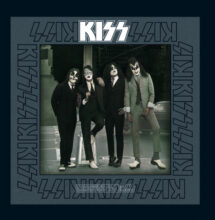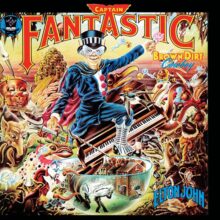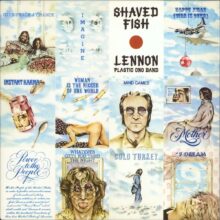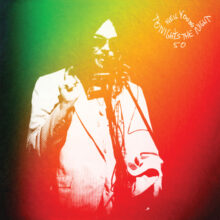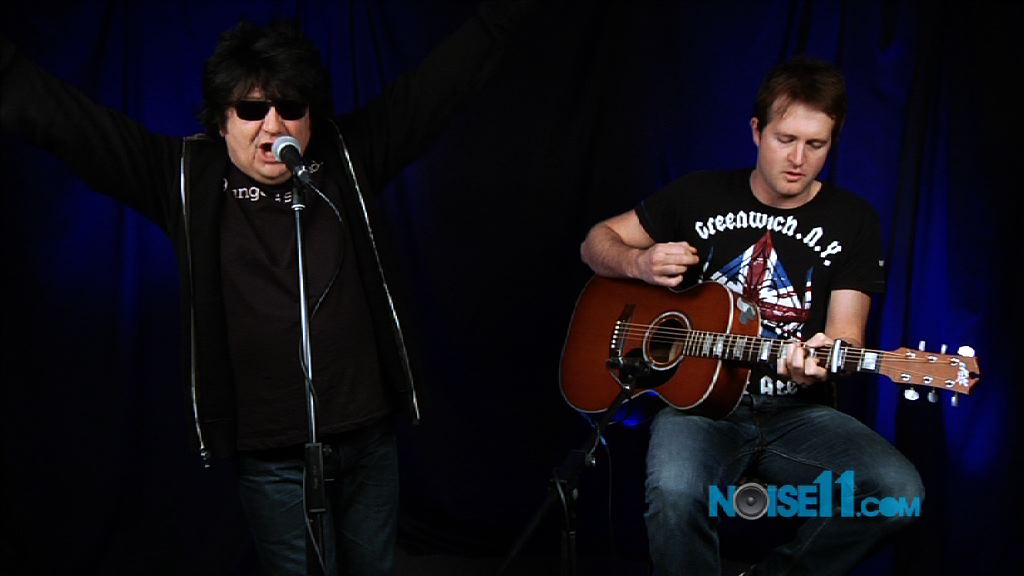Fifty years after it first washed up from the surf at Point Dume, Neil Young’s Zuma remains one of his most quietly volatile records, a bruised and beautiful return to Crazy Horse that mixed pastoral reflection with jagged electric bursts, and gave the world the towering epic Cortez The Killer.
Released In November 1975, Zuma was Young’s seventh studio album, and it arrived after a bruising creative run. The so-called Ditch Trilogy, Time Fades Away, On The Beach, and Tonight’s The Night, had exposed a darker, rawer side of Young, following the tragic death of Crazy Horse guitarist Danny Whitten in 1972. Zuma felt like a breath of salt air, a fresh start, while still carrying those scars, and it reunited Young with the core of Crazy Horse, now with Frank “Poncho” Sampedro on rhythm guitar, forming a lineup that endured for decades.
The record was cut in an unusually domestic way, the band moving into producer David Briggs’ house near Zuma Beach in Malibu, setting up in a garage, and recording in a loose, immediate fashion. Young himself later said he was better in houses than in studios, and that informal environment left fingerprints on the album’s sound, the performances sounding lived in, ragged, and alive.
Zuma’s songs walk from the intimate to the mythic. Don’t Cry No Tears and Pardon My Heart trace personal aftermaths, many born from Young’s split with Carrie Snodgress, while Danger Bird and Cortez The Killer open up into time travel and historical fable. Young has described parts of the record as “about the Incas and the Aztecs,” and that sense of shifting perspective gives the album a restless, searching quality.
Cortez The Killer, perhaps the most famous track here, combines an ache of melody with a sprawling guitar narrative. The song’s lyrics date back to Young’s high school years, and the guitar work is famously wounded and radiant. Legend has it a power surge during the session erased a verse, and Young’s reaction was perfectly nonchalant, saying he “never liked that verse anyway,” leaving the song as an enigmatic monument rather than a neatly finished document.
Other moments are smaller, but no less affecting. Barstool Blues came to Young after a night in a bar, written and recalled with bemused honesty, while Stupid Girl features double-tracked vocals, a late-night studio experiment that adds character and immediacy. Through My Sails, recorded with Stephen Stills, David Crosby, and Graham Nash on backing vocals, nods to Young’s connections to his peers, and hints at the collaborative currents that often flowed through his work in the 1970s.
Zuma also showcases the chemistry of the re-formed Crazy Horse. Billy Talbot’s bass and Ralph Molina’s drums lock in to Young’s volatile guitar flights, with Poncho Sampedro adding a steadier rhythm voice. That quartet, apart from a brief break in the late 1980s, would remain essentially the face of Crazy Horse until Sampedro’s retirement from professional music in 2014.
Although Zuma only reached number 25 on the US Billboard chart on release, and peaked at number 44 in Australia, its reputation has grown steadily, and it’s now viewed as a key waypoint in Young’s career, a record that reconciled the restless experimentation of the early 70s with a renewed, raw musicality that would feed into later triumphs like Rust Never Sleeps.
The sessions yielded more material than was used, songs such as Powderfinger and Pocahontas later finding life elsewhere, and years of archival releases have only deepened the sense that Zuma was a moment of plentiful creativity, a period when Young and his band played long into the day, recorded fast, and relied on instinct.
Fifty years on, Zuma remains a record of contradictory moods, intimate and epic, tender and dangerous, the sound of an artist wrestling with loss and possibility, and making something that still sounds immediate, imperfect, and true.
Track Listing
All tracks are written by Neil Young.
Side one
“Don’t Cry No Tears” (2:34) Neil Young – guitar, vocal; Frank “Poncho” Sampedro – guitar; Billy Talbot – bass, vocal; Ralph Molina – drums, vocal Recorded at House, Point Dume, CA, 6/1/1975. Produced by David Briggs & Neil Young.
“Danger Bird” (6:54) Neil Young – guitar, vocal; Frank “Poncho” Sampedro – guitar; Billy Talbot – bass, vocal; Ralph Molina – drums, vocal Recorded at House, Point Dume, CA, 6/3/1975. Produced by David Briggs & Neil Young.
“Pardon My Heart” (3:49) Neil Young – guitar, piano, vocal; Tim Drummond – bass; Billy Talbot – vocal; Ralph Molina – vocal Recorded at Studio, Broken Arrow Ranch, 6/16/1974 with overdubs 8/29/1975. Produced by Neil Young & Tim Mulligan.
“Lookin’ For A Love” (3:17) Neil Young – guitar, vocal; Frank “Poncho” Sampedro – guitar; Billy Talbot – bass, vocal; Ralph Molina – drums, vocal Recorded at Studio, Broken Arrow Ranch, 8/29/1975. Produced by Neil Young & Tim Mulligan.
“Barstool Blues” (3:02) Neil Young – guitar, vocal; Frank “Poncho” Sampedro – guitar; Billy Talbot – bass, vocal; Ralph Molina – drums, vocal Recorded at House, Point Dume, CA, 6/3/1975. Produced by David Briggs & Neil Young.
Side two
“Stupid Girl” (3:13) Neil Young – guitar, vocal; Frank “Poncho” Sampedro – guitar; Billy Talbot – bass, vocal; Ralph Molina – drums, vocal Recorded at House, Point Dume, CA, 6/8/1975. Produced by David Briggs & Neil Young.
“Drive Back” (3:32) Neil Young – guitar, vocal; Frank “Poncho” Sampedro – guitar; Billy Talbot – bass, vocal; Ralph Molina – Drums, vocal Recorded at House, Point Dume, CA, 6/22/1975. Produced by David Briggs & Neil Young.
“Cortez The Killer” (7:29) Neil Young – guitar, vocal; Frank “Poncho” Sampedro – guitar; Billy Talbot – bass, vocal; Ralph Molina – drums, vocal Recorded at House, Point Dume, CA, 5/22/1975. Produced by David Briggs & Neil Young.
“Through My Sails” (2:41) Neil Young – guitar, vocal; Stephen Stills – bass, vocal; David Crosby – vocal; Graham Nash – vocal; Russ Kunkel – congas Recorded at Studio, Broken Arrow Ranch, 6/17/1974. Produced by Neil Young & Tim Mulligan.
Stay updated with your free Noise11.com daily music news email alert. Subscribe to Noise11 Music News here
Be the first to see NOISE11.com’s newest interviews and special features on YouTube. See things first—Subscribe to Noise11 on YouTube
Follow Noise11.com on social media:
Bluesky
Facebook – Comment on the news of the day



